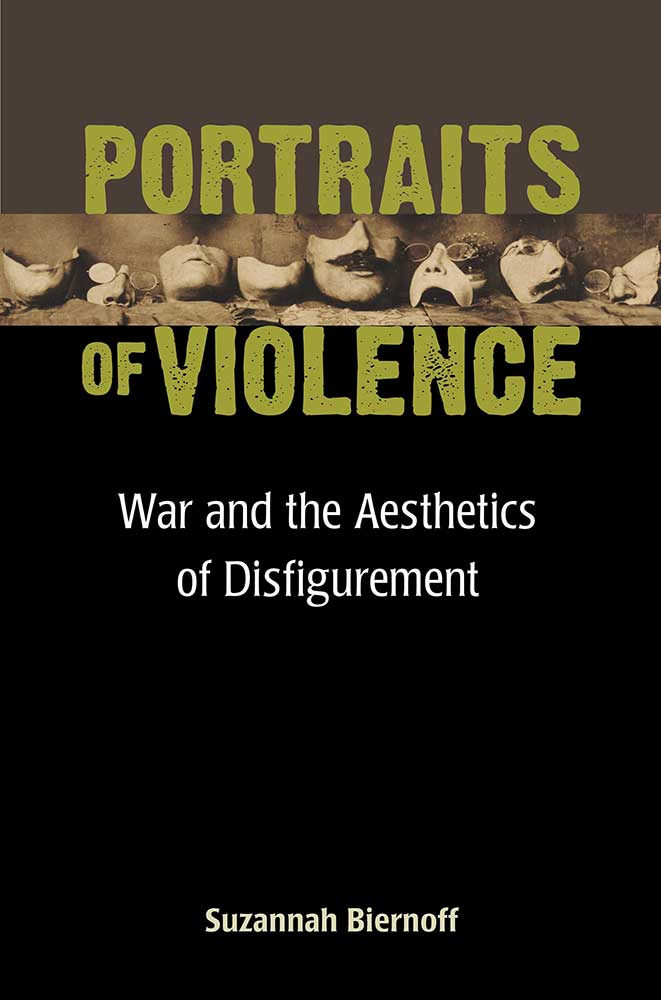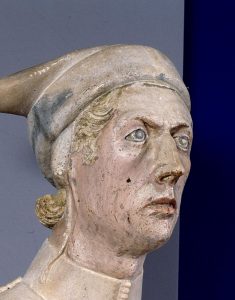The end of the summer term is on the horizon, and we’re eagerly anticipating the two key events that mark the end of the academic year: the BA exam board, and the Department summer party. I hope you’ve all seen the invitation to come and join staff and students in the Keynes library on Friday 7 July, 6-8 pm, to raise a glass to another very successful year in History of Art! It’s a great opportunity to celebrate everyone’s hard work, and particularly to congratulate undergraduate finalists who have come to the end of their BA degrees. Congratulate, but not necessarily ‘say goodbye to’, as I know from our admissions system that we will happily be welcoming a number of you back to Birkbeck in the Autumn, as you progress to Masters level work with us! I hope as many staff and students as possible can come along to the party – please do bring along a bottle, or some nibbles to share, and join in the fun.
Events are now starting to draw to a close. The final Murray seminar of the year takes place this coming Wednesday, 28 June, at 5pm in the Keynes. Robert Maniura will be speaking about Jaume Huguet, decoration and innovation in fifteenth-century Iberian art. This research is part of Robert’s broader project to explore art of this period which is so often neglected, due to art historians’ dominant concern with the Italian and Netherlandish schools. In his paper, he will be considering and restoring welcome attention to the output of Huguet, whose elaborate and heavily gilded works conspicuously depart from these familiar traditions. Huguet was the most prominent painter in Barcelona in the later fifteenth century, but he is now seldom explored.
Another busy year for the Architecture, Space and Society Centre, meanwhile, comes to a close next Wednesday, 5 July, with a symposium entitled Modernism and the Museum Space in Germany (6pm, Gordon Square Cinema). This event will explore the ways in which the advanced architecture of the early twentieth century in Germany confronted the space of the museum, and was itself curated and presented for display. Come and hear Max Sternberg from Cambridge speaking about the Schnütgen Museum in Cologne, 1910-1932, and Jeremy Aynsley, from the University of Brighton, on the topic of Curating Bauhaus Houses, 1923-2019. Robin Schuldenfrei from the Courtauld will be present as respondent. Places are free, but do need to be reserved. 
I hope you’ve all seen the call for volunteers for the next Open House London which went round recently? A number of you have been involved in this fantastic event in the past, when the School of Arts building has previously been opened up to members of the public. Last year, during Open House London 2016, the Derek Jarman Lab made this film, which includes lots of footage of those members of staff and students who got involved, as well as being packed with information about our building and its history. Open House London 2017 falls on the weekend of Saturday 16 and Sunday 17 September, and the School of Arts will be open for both those days. As ever, the success of the opening relies on our wonderful volunteers – those students and former students who are prepared either to act as wardens, or as guides to those coming to see both those rooms rich with historic Bloomsbury Group associations, and the award-winning spaces around the cinema, designed by Surface Architects from 2008. Volunteers need to be available for a training event on the evening of Monday 11 September, and then for one morning or afternoon of the Open House London weekend itself. It’s a lot of fun – and it’s great for the CV! Do email Eva Höög at eva.hoog@btconnect.com with your name and programme of study if you’re interested in taking part.

Over the course of this year, I have kept you up to date with our Careers and Employability programme for History of Art students. It’s been a great success, from the valuable training sessions provided by my colleagues in the Careers and Employability team, on topics ranging from ‘CVs for Arts’ to ‘The Value of Internships’, to our three masterclasses, generously hosted by Sonia Solicari, Alice Payne and Jacqueline Riding. The final part of the programme, which has taken place this summer term, has been a series of work shadowing opportunities. Andy Stirrups, in the Alumni office, worked hard to organise a total of seven placements for us, with impressively placed alumni, now working in institutions ranging from the Whitford Fine Art gallery to the V&A. Applications were invited from students, and those successful were provided with a training session ahead of the day of workshadowing itself, for which we were able to pay a London Living Wage allowance thanks to the support of the Alumni Fund. I’m now starting to receive feedback from those seven lucky students – and picked up a message at the end of last week from Tatiana Nenilina, who’s just completed the BA History of Art programme. We matched Tatiana with Dr. Katy Barrett, Curator of pre-1800 Art at Royal Museums Greenwich, and an alumna of our Graduate Certificate in History of Art. Katy achieved a distinction on that programme in 2010, before moving to Cambridge for a PhD looking at the cultural history of the longitude problem in the eighteenth century through the work of William Hogarth. She was then appointed to her current role at the National Maritime Museum. We’re very grateful to Katy, as well as to the other alumni who so kindly offered work shadowing placements, for the time and effort they have put into giving our current students these valuable opportunities.
Tatiana Nenilina on work shadowing at the National Maritime Museum
“A Job Shadowing Programme offers the unique opportunity to gain an insight into the working world of an institution. In my case, it was the National Maritime Museum and its Curatorial Department.
I had a fantastic day with Katy Barrett, who is a Curator of Art at Royal Museums Greenwich. She perfectly organised the day, starting with a short introduction about the museum, its programmes and new projects, one of which was the Travellers’ Tails pop-up museum at Lewisham Shopping Centre.
Later, Katy, knowing my interest in provenance research and my background in law, organised a meeting with a member of the Registration Department, where I could ask questions about due diligence, provenance research and ethical issues, loans of objects and legal regulations regarding their movement, insurance and display.
The Job Shadowing Programme has broadened my vision of working in a museum. It has offered the chance to ask questions about career paths in the art sector, from what stage to start and how to progress, through to what resources will be useful in advancing my knowledge and career.”
. . Category: Uncategorized






